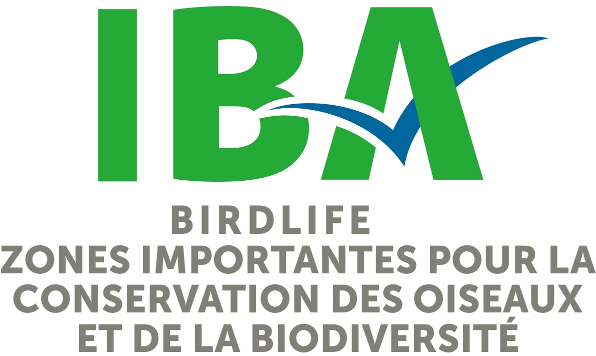Langara Island (BC003)
Haida Gwaii, Colombie-Britannique
Description du site
Langara Island is located at the northwest corner of Graham Island, the largest island of Haida Gwaii. The shoreline of the 3,105 ha island is dominated by sitka spruce. Moving inland, the forest composition shifts to western hemlock and then to predominately western red cedar. In the interior of the island there are areas of open sphagnum bog. The marine waters surrounding the IBA are important feeding areas for seabirds that breed both within the IBA and on neighbouring islands.
Oiseaux
Langara Island supports globally significant numbers of Ancient Murrelets, a species which is listed as nationally vulnerable. Approximately 29,000 birds, or 2% of the global population, are present during breeding season. Of 26 individual islands with confirmed nesting records of Ancient Murrelets in British Columbia (the only area in Canada where this species occurs), Langara supports the fifth largest colony. As well as Ancient Murrelets, Langara Island also supports nationally significant numbers of Pigeon Guillemots (187; approximately 1.8%) and large numbers of Pelagic Cormorants (104). Several pairs of Peregrine Falcons (ssp. pealei) are also present, a species that is listed as nationally vulnerable. Tufted Puffins nest on nearby Cox Island. The marine waters surrounding the island are important staging areas for breeding seabirds. In addition, an important marine feeding habitat for nationally significant numbers of the threatened Marbled Murrelet occurs from Parry Passage to Pillar Bay along the south shore of Langara island and the adjacent north coast of Graham Island. There are daily counts of more than 500 Rhinoceros Auklets in Egeria Bay throughout the breeding season, and Laysan and Black-footed Albatross, Northern Fulmar and various shearwater species have been recorded offshore.
Enjeux de conservation
It is very likely that at one time Langara Island was the largest seabird colony in the Queen Charlotte Islands. Now only a small portion of the northeast coast supports an Ancient Murrelet breeding colony. A program to exterminate introduced rats (an important cause of the elimination and decline of nesting seabirds on this island) has been established on the island. With this program there is potential to restore Langara Island, as well as adjacent islands (Cox and Lucy), to their former state. Currently Langara Island has no protective status. A recently developed threat to nesting seabirds is the increasing number of sport fishing lodges on Langara Island, which are causing grey water, noise and oil pollution from May to September. One fishing lodge has been built on a what was once a well-established Ancient Murrelet nesting site.
Catégories ZICO Habitats Usages Menaces Potencielles ou Existantes Status de Protection

